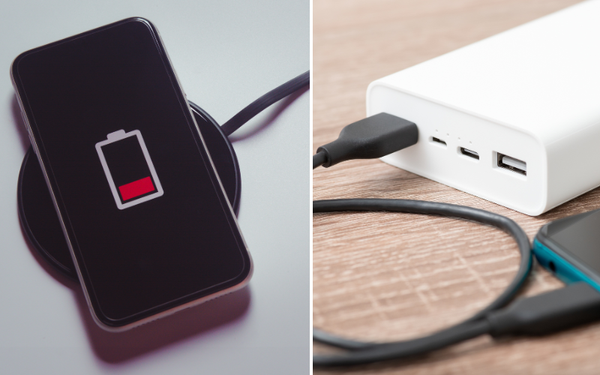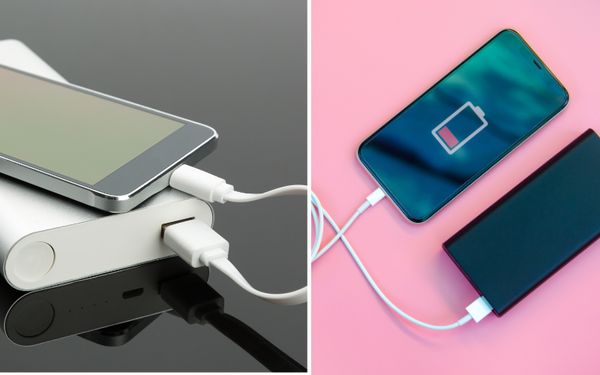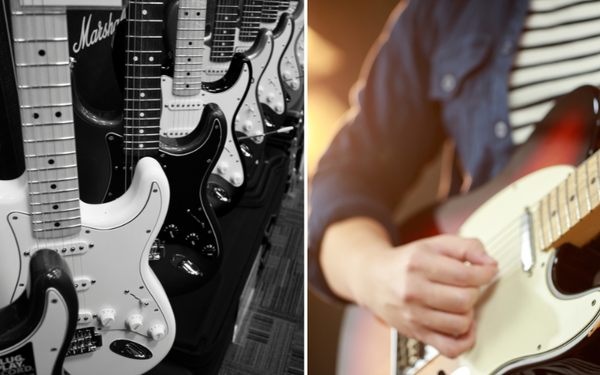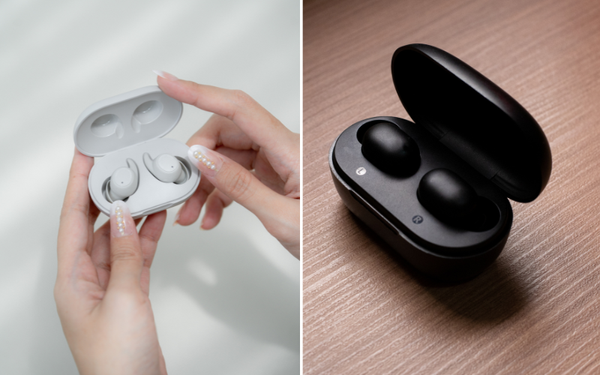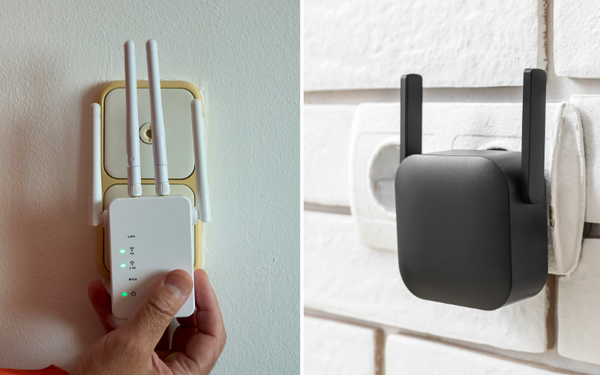Fishing is an age-old tradition that has been enjoyed by many, whether it be through a leisurely afternoon activity or a competitive sport. One of the most important things when it comes to fishing, is finding the fish!

With the plethora of technology available today, it's no surprise that anglers are turning towards handheld fish finders to help them locate their prey. But, do these devices actually work? In this blog post, we’re going to delve into the world of handheld fish finders and find out just how reliable they are.
If you're an avid angler, you've probably heard of handheld fish finders. These small devices can give you a clear picture of what lies beneath the surface of the water and help you locate the best spots to find fish.
There are a ton of different options on the market, ranging from budget-friendly to high-end models. So, do these fish finders work, or are they all just hype?
To test out the reliability of these devices, we decided to conduct an experiment. We tested out a few different handheld fish finders in both freshwater and saltwater environments to see how well they perform. The first handheld fish finder we tested was the Deeper Smart Sonar Pro+.
This device is a high-end model, with a price tag to match. We took it out on a fishing trip on a freshwater lake to see how well it would detect fish. Within minutes of setting up the device, we were able to locate fish in the lake. The fish finder displayed images of fish that were swimming around our bait, which was extremely helpful.

Next, we tested a more budget-friendly option, the Lucky Handheld Fish Finder. This device was significantly less expensive than the Deeper Smart Sonar Pro+, but we were still able to locate fish relatively easily. We took it out on a saltwater fishing trip and found that it was able to detect fish in the shallow waters.
After testing both of these handheld fish finders, we concluded that they do in fact work. Although the high-end model provided more accuracy and a wider range of features, the less expensive option was still able to locate fish effectively.
Of course, handheld fish finders aren't perfect. They can be affected by a variety of factors, such as water depth or sediment in the water. Wind direction, rough waves and surface turbulence also can affect the sonar signals. It's important to keep those factors in mind when deciding whether or not to rely solely on a fish finder.
Conclusion:
So, do handheld fish finders work? Yes, in our testing we found that these devices can be an effective tool for anglers to locate fish. However, they're not a perfect solution, and shouldn't be the only tool in an angler's arsenal.
Factors such as water depth and sediment content can affect the accuracy of these devices, but overall, they are a reliable option for those looking to improve their fishing game. So why not give it a shot? Who knows, you might end up reeling in your biggest catch yet, thanks to the assistance of a handheld fish finder.




